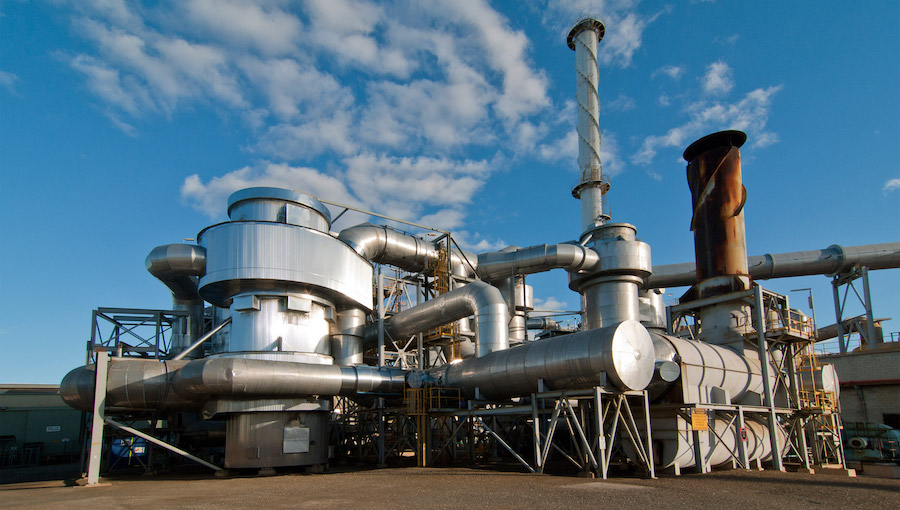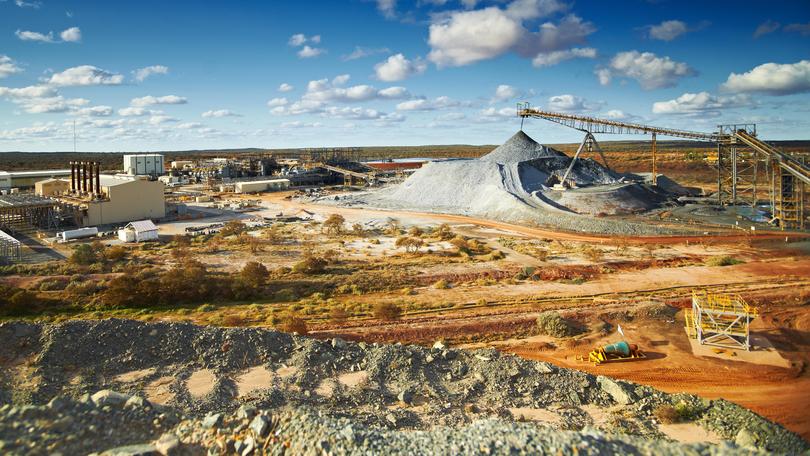Reuters | February 19, 2024 |

BHP’s Nickel West operation. (Image courtesy of BHP.)
Australia is throwing a lifeline to its under pressure nickel mining sector, but the solution on offer is more of a band aid than the needed major surgery, the carving of the global nickel industry into green and dirty.

Resources Minister Madeleine King placed nickel on the critical minerals list, a move that allows the industry to access some of the A$4 billion ($2.7 billion) of federal government funding aimed at promoting minerals vital to energy transition.
“The international nickel price is forecast to stay relatively low through 2024, and likely for several years to come until the surplus of nickel in the market is corrected,” King said in a Feb. 16 statement.
“In the meantime, this puts further Australian nickel operations at risk,” she said, adding that six operating nickel facilities in the country have either announced cuts to output or gone into care and maintenance since December.
Australia is the world’s fifth-largest producer of nickel ore and the recent decline in prices has rendered much of the industry unprofitable.
BHP Group, the world’s largest mining company, said on Feb. 15 it will record a $2.5 billion non-cash impairment charge on its nickel business in Western Australia state.
The global benchmark nickel price on the London Metal Exchange (LME) ended at $16,356 a metric ton on Feb. 16, up 3.2% from the low so far this year of $15,850 on Feb. 7.
That low was the weakest price since April 2021 and LME nickel has been in a sustained downtrend since reaching $33,575 a ton on Dec. 8, 2022.
An increase in supply from Indonesia has cratered prices, as the South East Asian nation successfully boosted production of refined and semi-refined nickel, largely on the back of an export ban on raw ore, which in turn led to massive investment from China in new processing plants.
It’s here where the nickel problem lies.
How to split the market
Currently about 65% of nickel is used to make stainless steel, but this percentage is expected to decline in coming years as more of the metal is used in batteries needed to drive the switch to electric vehicles and renewable power generation with storage back up.
Much of the nickel produced in Indonesia is emissions intensive, with coal-fired power the mainstay of the energy-hungry smelting process.
What Australia needs is a bifurcation of the global nickel industry, with a split between nickel that is produced with low climate impact and that which is not.
In other words, the greener nickel will need to command a price premium over the dirtier metal produced in Indonesia and turned into products like batteries in China.
The problem is how to bring about what effectively will be a two-tier market, and who will pay the inevitable price premium?
The LME shows no hurry to implement a two-tier system for nickel, or indeed for other metals.
End users of energy transition metals such as car manufacturers also seem reluctant to go down this path.
This is understandable from their point of view. It would likely be a very hard sell on a showroom floor to convince a potential customer to pay several thousand dollars extra for an identical car made with “green” metals.
This means that governments, particularly those in developed Western countries, will likely have to drive the change.
Australia’s moves to support its nickel miners is a short-term fix, and a longer-term solution is needed.
This is something King is aware of, and she said Australia is “progressing important discussions with international counterparts in the US, Canada and the EU to ensure the high standards applied in Australian mining and production of nickel and other critical minerals are reflected in future pricing on international markets”.
The above quote is government-speak for setting up a system of regulation, taxation and carbon costs to drive up costs for Australia’s dirtier mining competitors and blunt China’s manufacturing heft.
In some ways, the Western world has to decide if it really does want to build an energy transition supply chain that has a low climate impact and largely cuts China out.
If it does make that decision, then it has to work out how it is paid for.
Ultimately it will fall on consumers one way or another. The trick is to either convince the public that this is a good thing, or do it in such a way that they don’t notice.
(The opinions expressed here are those of the author, Clyde Russel, a columnist for Reuters.)
(Editing by Michael Perry)
Western Australia offers royalty relief to struggling nickel producers
Reuters | February 17, 2024 |

BHP’s Mt Keith concentrator. Credit: BHP Nickel West
Western Australia said on Saturday it would offer royalty relief to nickel producers in a bid to buoy the struggling industry, a day after the metal was classified as a “critical mineral”, paving the way for producers to access billions of dollars in cheap government loans.

Australia wants to build a battery chemicals industry to reap more value from mineral wealth, but its nickel sector faces heavy job cuts after a jump in Indonesian supply saw prices drop 40% in a year.
In a statement on Saturday, Western Australia Premier Roger Cook announced a nickel financial assistance program, which he said would give a 50 percent royalty rebate for 18 months, when prices were below $20,000 per tonne, repayable over 24 months.
“The Cook government will offer royalty relief to Western Australia’s crucial nickel industry, supporting thousands of local jobs as well as the state’s vision of becoming a global battery minerals processing hub,” the premier’s statement said.
Federal Resources Minister Madeleine King on Friday placed nickel on the critical minerals list, meaning nickel companies will have access to financing under Australia’s $2.6 billion Critical Minerals Facility which offers low interest loans, and related grant programmes.
Weak nickel prices have forced Australia’s high cost producers to announce several writedowns and restructures, and analysts said last month it will force a rethink by top global miner BHP Group on its nickel strategy this year.
(By Sam McKeith; Editing by Raju Gopalakrishnan)
Reuters | February 17, 2024 |

BHP’s Mt Keith concentrator. Credit: BHP Nickel West
Western Australia said on Saturday it would offer royalty relief to nickel producers in a bid to buoy the struggling industry, a day after the metal was classified as a “critical mineral”, paving the way for producers to access billions of dollars in cheap government loans.

Australia wants to build a battery chemicals industry to reap more value from mineral wealth, but its nickel sector faces heavy job cuts after a jump in Indonesian supply saw prices drop 40% in a year.
In a statement on Saturday, Western Australia Premier Roger Cook announced a nickel financial assistance program, which he said would give a 50 percent royalty rebate for 18 months, when prices were below $20,000 per tonne, repayable over 24 months.
“The Cook government will offer royalty relief to Western Australia’s crucial nickel industry, supporting thousands of local jobs as well as the state’s vision of becoming a global battery minerals processing hub,” the premier’s statement said.
Federal Resources Minister Madeleine King on Friday placed nickel on the critical minerals list, meaning nickel companies will have access to financing under Australia’s $2.6 billion Critical Minerals Facility which offers low interest loans, and related grant programmes.
Weak nickel prices have forced Australia’s high cost producers to announce several writedowns and restructures, and analysts said last month it will force a rethink by top global miner BHP Group on its nickel strategy this year.
(By Sam McKeith; Editing by Raju Gopalakrishnan)
No comments:
Post a Comment